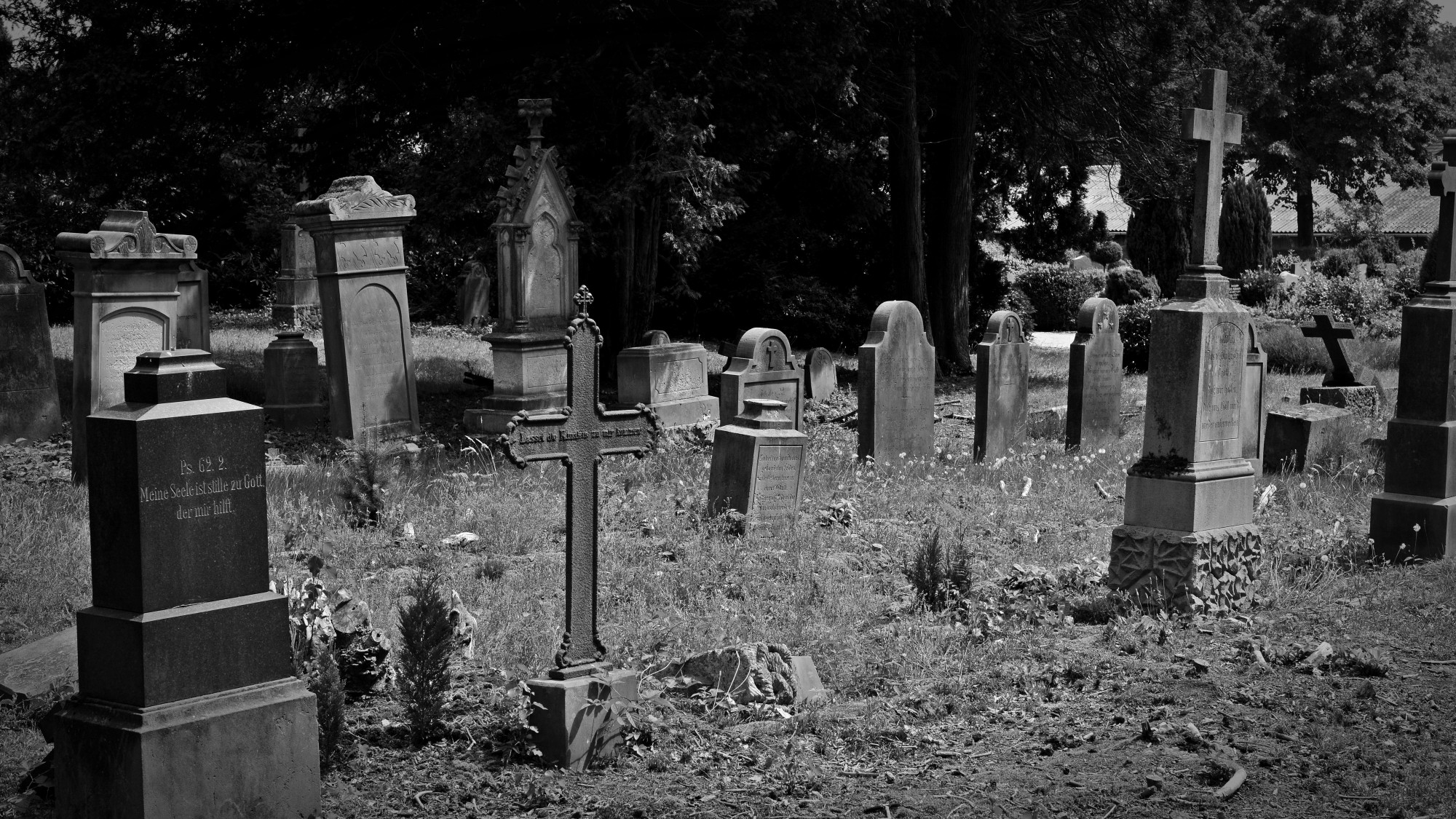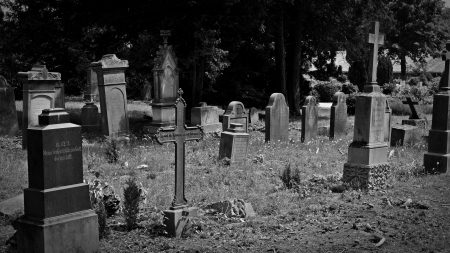Edited by MCK Sokół | Lesser Poland
Inspiracja
Still in the 1970s, the inhabitants of the Beskid Sądecki told stories about the cholera epidemic, which in the 19th century depopulated the villages in these parts of the country. As noted in 1887 in Przegląd Powszechny, the inhabitants of Beskid villages believed that the epidemic was heralded by various signs. The approaching plague was heralded by dogs that howled at night with their mouths skyward. Unnatural phenomena that could be observed were bad signs. Reportedly, the outbreak of cholera was preceded by black crosses, coffins and brooms seen in the evening sky. The plague itself was described as a fog or a large bubble with red, green, yellow, blue, and black stripes. It travelled through the air and wherever it went down, people died. If it went down too much, everybody in the area died. If it went higher, there were few casualties.
It was said that death was constantly seen during epidemic periods as a skinny woman dressed in white. As the plague worsened, the deaths came in two or three. The spread of the plague could have been incidentally accelerated by the man who helped death cross the Dunajec river that separated the villages. People terrified by the scale of the epidemic were looking for ways to avoid death. Above all, people believed in the protective power of prayer. It was said that when the deaths were visiting villages and knocked on the windows at night to ask the household members if they were asleep, only those who spent the night praying remained alive. It was common to send small, innocent children to roadside shrines to ask God for salvation for the villagers. The remedy against cholera commonly used in the Carpathians was the Pimpinella Saxifraga, a plant containing essential oils with a strong odour. People learned about its effectiveness from the deaths themselves, who, dancing in the clearing, sang about the protective power of this plant. The best herbs were to be harvested on wastelands by the river or in fallow lands. Whoever wore them in a pouch on their chest, even if they contracted cholera, did not die.
The mementos of those tragic events are the crosses indicating the burial places of the victims of the plague and the shrines erected to protect people from the plague or to give thanks after the plague ended. Their patrons are usually St.Sebastian, a martyr pierced by arrows, considered the most effective advocate in times of plague, and the Mother of God, sometimes depicted with a bunch of arrows in her hand. In iconography, it was the arrow that symbolized sudden death as a result of a plague, which was God's punishment. On the polychrome in the church of St.Michael the Archangel in Binarowa, death, pictured as a naked skeleton, holds an arrow instead of a scythe.
See the error? Do you know more information? Report it to us.
Write to us.
















